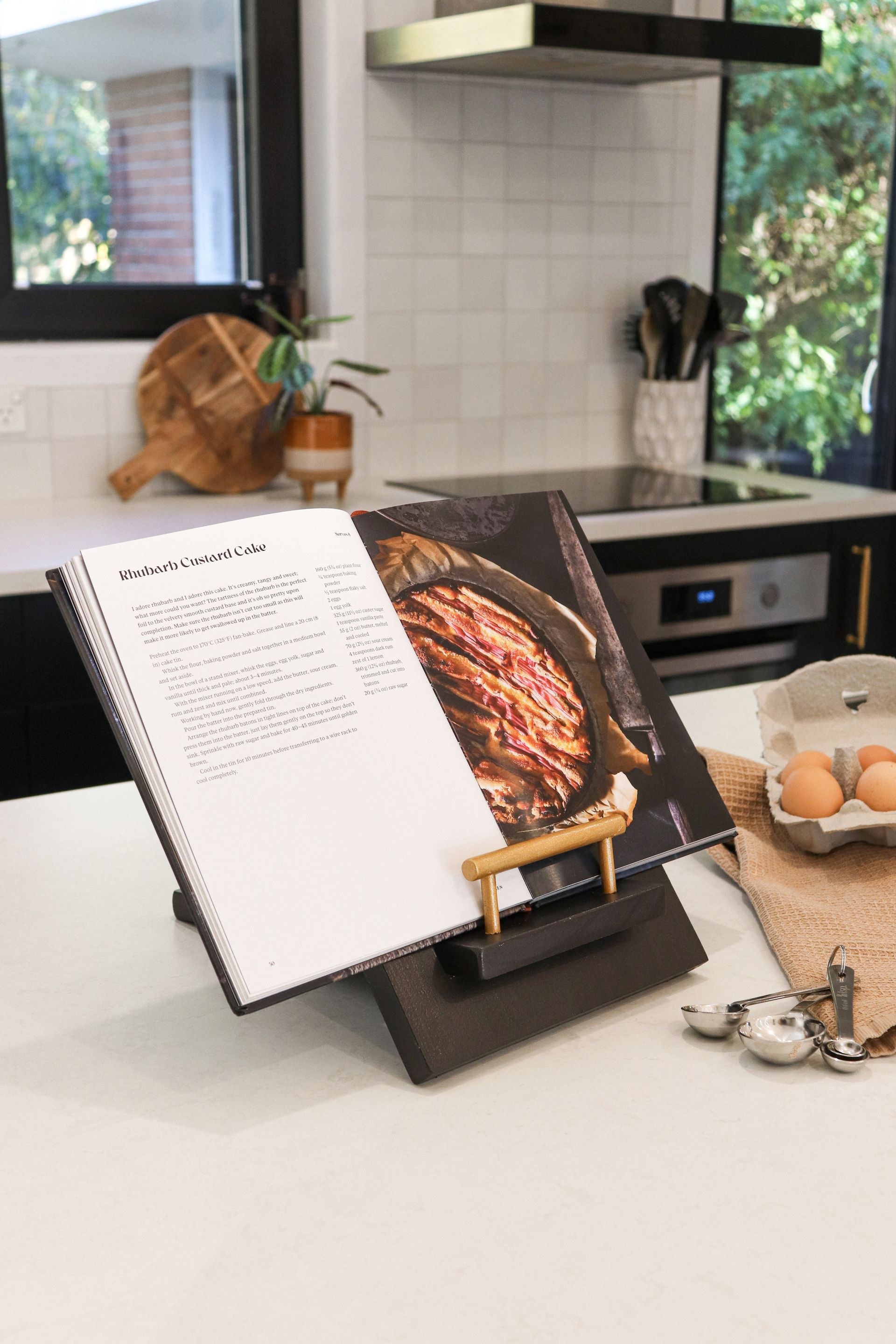Jan Finlayson is an advocate for outdoor access and after years of leadership and advocacy, her contribution has been awarded with an Outdoor Access Champion Award. However, there’s more to Jan that just paper roads!
New Zealand's backcountry is a place of wild beauty, a land of contrast and diversity, seemingly impassable and often inaccessible. Yet a unique network of roads etch into these landscapes, criss-crossing New Zealand for 56,000 km. They’re unformed legal roads, paper roads as they’re colloquially called, and the public have full and rightful access to them.
A keen tramper since she was a child, Jan Finlayson laughs that she was hiking the Great Walks before they were called Great Walks. Signed up by her mother to Forest and Bird since she was ‘a wee dot’, Jan says her love for wild places was fostered from a young age. They’d ‘go on a whim, staying at huts for days’. Enthusiastic about the natural and engaging track surfaces, she loves the variability and freedom of the hills. For Jan, they are a place for solitude, solace and history, as well as an area to botanise, geologise and discover fellowship.
Over the years, Jan’s love for the hills and nature has flourished and today she’s passionate about protection. ‘We speak broadly around the measure of society by how it treats its most vulnerable. We need to include nature, not just humans. Nature doesn’t have a voice. Humans are harming nature and every grand scale indicator is heading the wrong way. If you keep subtracting, you end up with nothing.’ It’s a stark warning and one that is echoed around the world as regenerative transformation takes hold, the language of sustainability entering boardrooms and echoed throughout industry.
However, just like global sustainability, protecting New Zealand’s backcountry takes more than mere words. There’s a need for measurable standards, accountability, legislation and a willingness from the public to engage. As Jan suggests, ‘Put nature first and you do better yourself.’ Fervent that ‘everyone is equal in the hills’, Jan has dedicated the last decade to protecting ‘our nation’s engine room, the backcountry’.
An involved and engaging resident of Geraldine, Jan can often be found striding the hills and the local river walks, pounding past the gem that is Talbot Forest Scenic Reserve (a remnant of ancient podocarp forest that acts as sentry over the township) and strolling along the winding banks of the Waihī River. However, Jan’s real work goes on in the committees and on the boards that she is part of, effecting change through governance, strategic management and interfacing between the public and government organisations. While Jan grew up in Christchurch, she moved to the farming settlement of Dorie on the southern banks of the Rakaia River in her twenties, later moving to Ruapuna where she farmed in the Mid Canterbury locality.
Jan joined the Orari River Protection Group, a river care and conservation band of volunteers who maintain observation of the river’s health and the activities on it, actively protecting it through pest control, and species and habitat protection and restoration. Jan became involved in Canterbury’s water management strategy and was soon appointed onto the Canterbury Aoraki Conservation Board, later elected as chairperson from 2012–2014. It was from this platform that Jan became formally involved in crown pastoral land issues, tenure review included, an area she remains involved in today.
Jan has been an executive member of the Federated Mountain Clubs (FMC) for a number of years and has worked tirelessly, spearheading the ‘Same as SH1’ awareness campaign, one that has informed the public of their absolute right to the use of paper roads for passage. However, Jan is also a general advocate for ‘the right to roam’ or free and enabling access to all public land, including the completion of marginal and esplanade strips along the Queen’s Chain. Jan says tenure review is part of her hidden work for FMC – a voluntary process whereby leased land can be bought by the government for conservation or bought in full by the farmer who holds the current lease to the land. Jan is involved in plan review processes, policy development and advocacy. She responds to concession applications and dives into the conservation space under the Resource Management Act. It’s a divisive field. However, it’s nationally important. The leases on these lands make up 1.2 million hectares or 5 per cent of New Zealand.
Further to tenure, Jan refers to stewardship land, unallocated crown land of high conservation value, that makes up around one third of our public conservation land. This equates to about 9 per cent of New Zealand. It’s currently undergoing classification and Jan has spearheaded the Forgotten Lands committee under the FMC umbrella. When the Department of Conservation was established in 1987, vast tracts of land were placed into the temporary classification of stewardship land. However, without bespoke classification, these forgotten lands lack the protection and active management afforded to national parks. In short, stewardship land can be treated as vulnerable and while these parcels of land have traditionally been perceived as low value, Jan and her team have worked tirelessly to change this mindset and prioritise reclassification. Since 2017, Jan has been campaigning for the creation of a Remarkables National Park.
Unbelievably, the Kawarau/ Remarkables Conservation Area, all 33,000 hectares of it, is stewardship land. Jan outlines that under national park status, it would remain accessible but there would be ‘constraints on harmful activity that would protect the land from the damaging effects of people’. In Jan’s opinion, ‘certain things are unmarriageable. You can’t have wilderness and hotel service; they are inherently incompatible. Do it on nature’s terms – that’s the key.’ Chatting with Jan, it’s clear that her fight for the future of the backcountry is closely linked to legislation, and her knowledge of environmental law is impressive. A trustee on the NZ Landcare Trust (a grassroots organisation that supports communities in land and water management practice), Jan is in favour of sustainable and profitable farming, connecting communities and offering evidence-based guidance on land, water and biodiversity.
Sadly, Jan says the Department of Conservation is poorly resourced and ‘working on the sniff of an oily rag. They have laws to abide to and they’re stuck between a rock and a hard place.’ Incredibly, Jan adds, ‘Prior to 2017 they were receiving under half of 1 per cent of government spending for one third of New Zealand.’
While the politics can be polarising, there’s no doubting Jan’s It’s clear that Jan’s fight for the future of the backcountry is closely linked to legislation, and her knowledge of environmental law is impressive. desire for a better future, and in a poignant moment she describes her hopes as one where ‘the land is there for all New Zealanders, healing from past and present and inevitable future mistakes’.
Recent stories



All Rights Reserved | CountryWide Media




